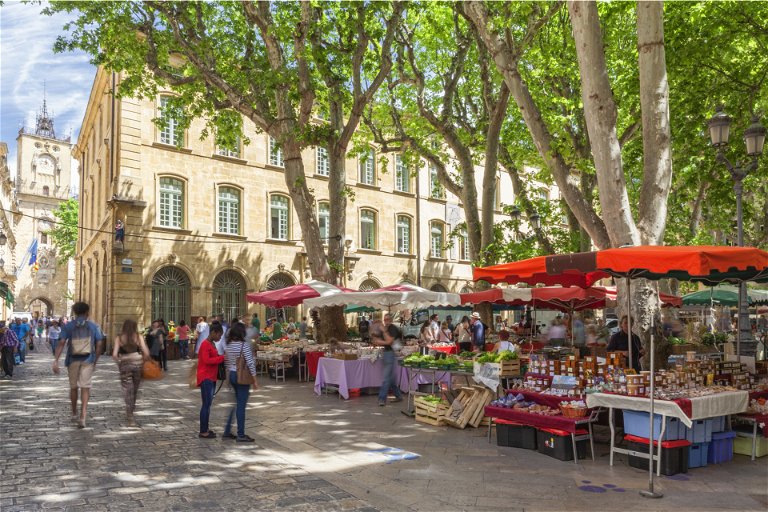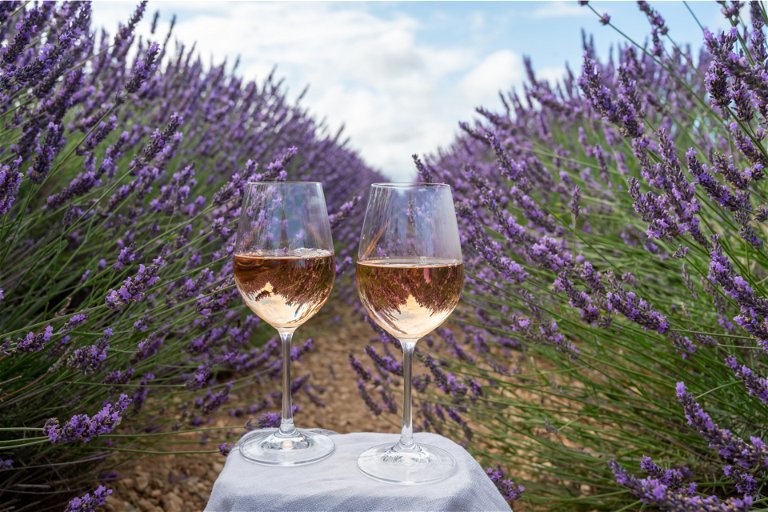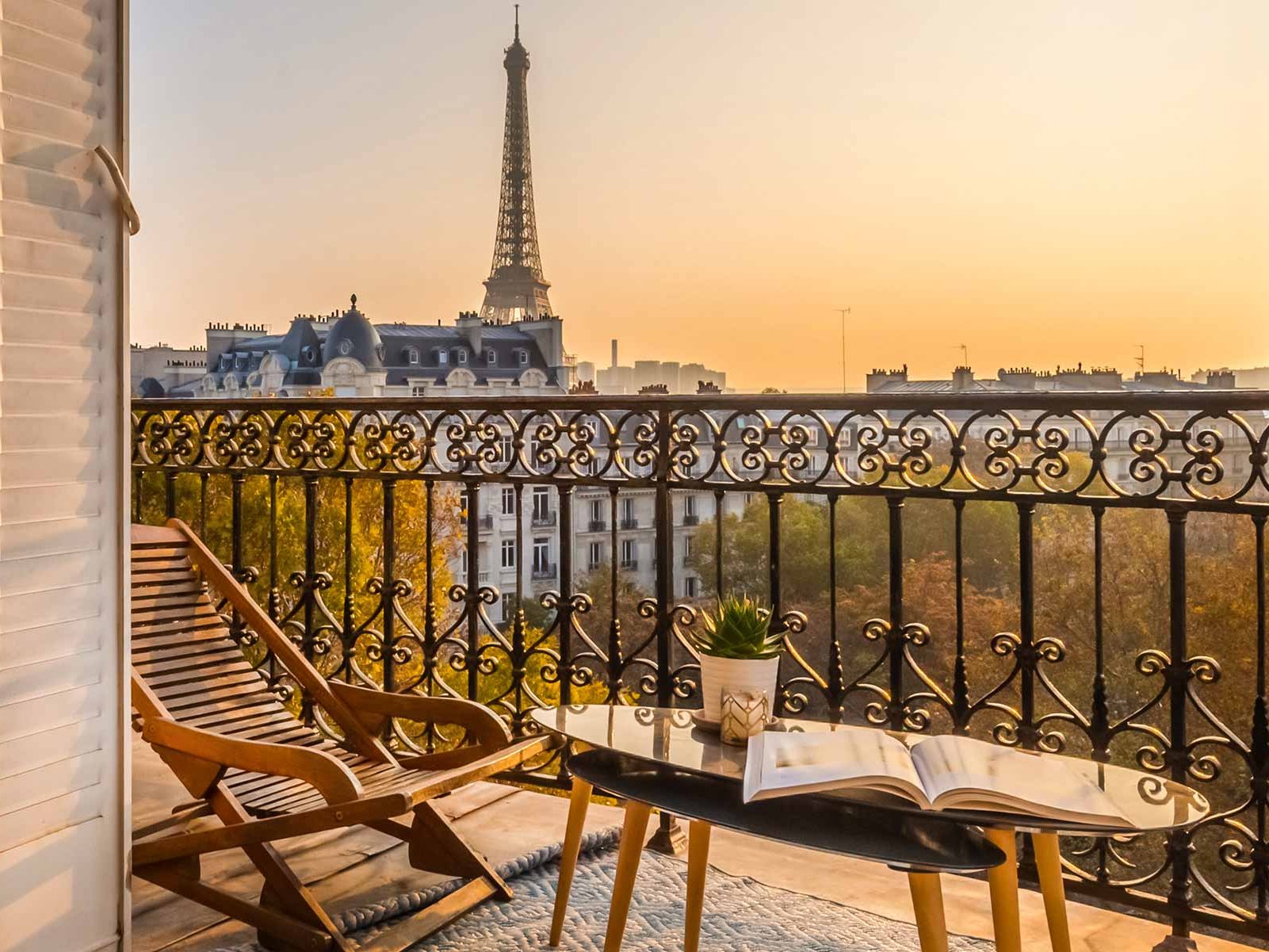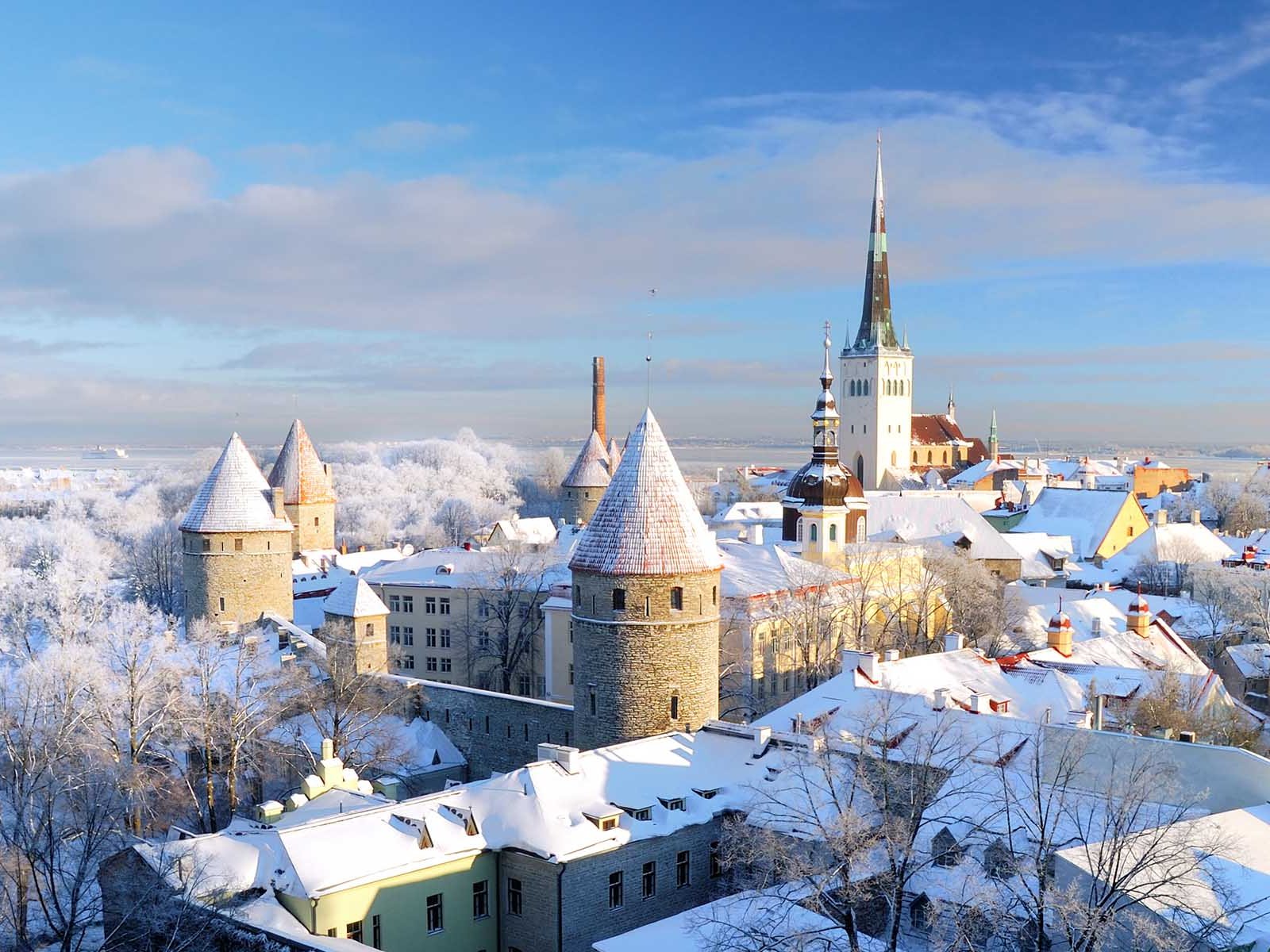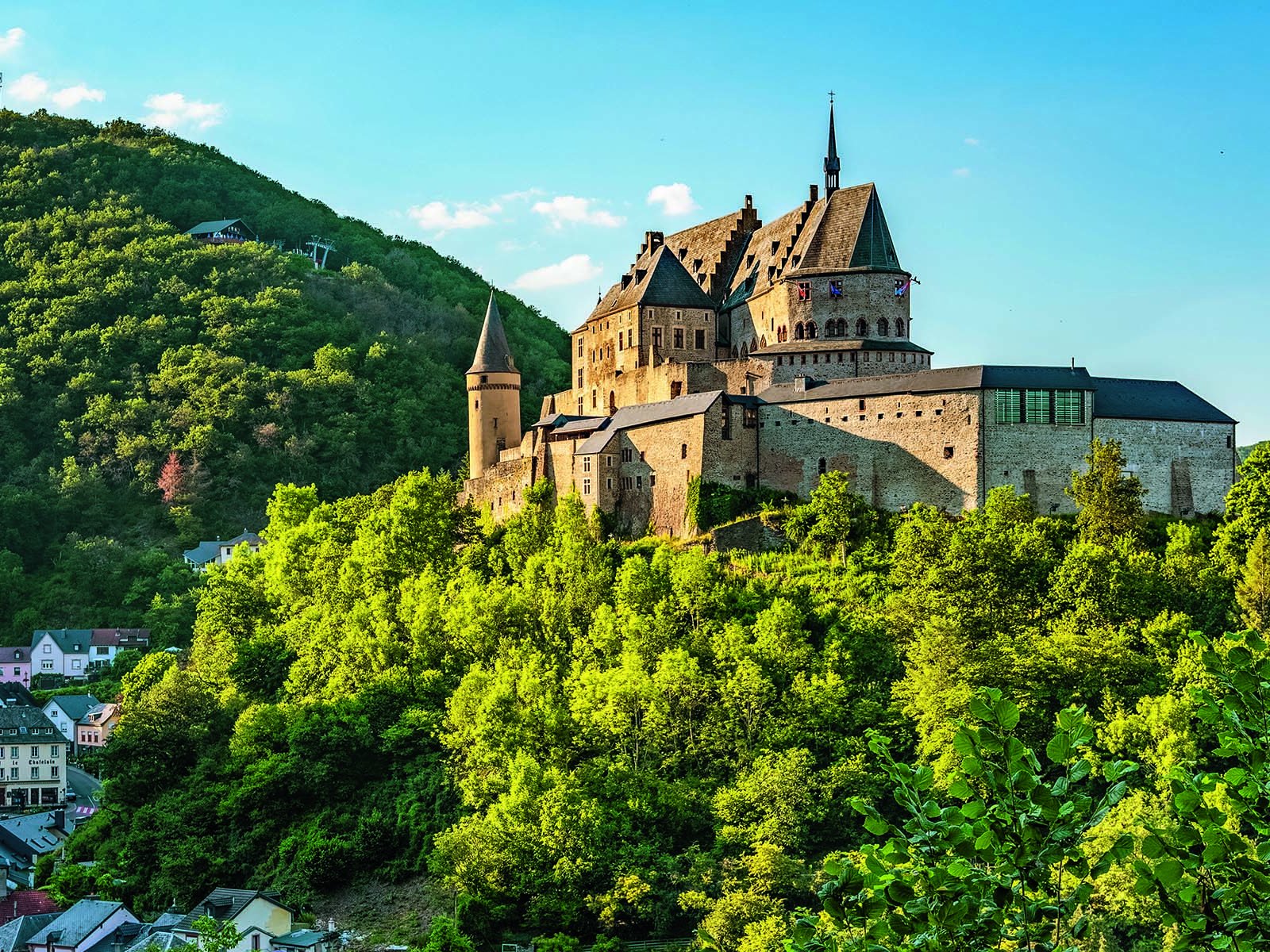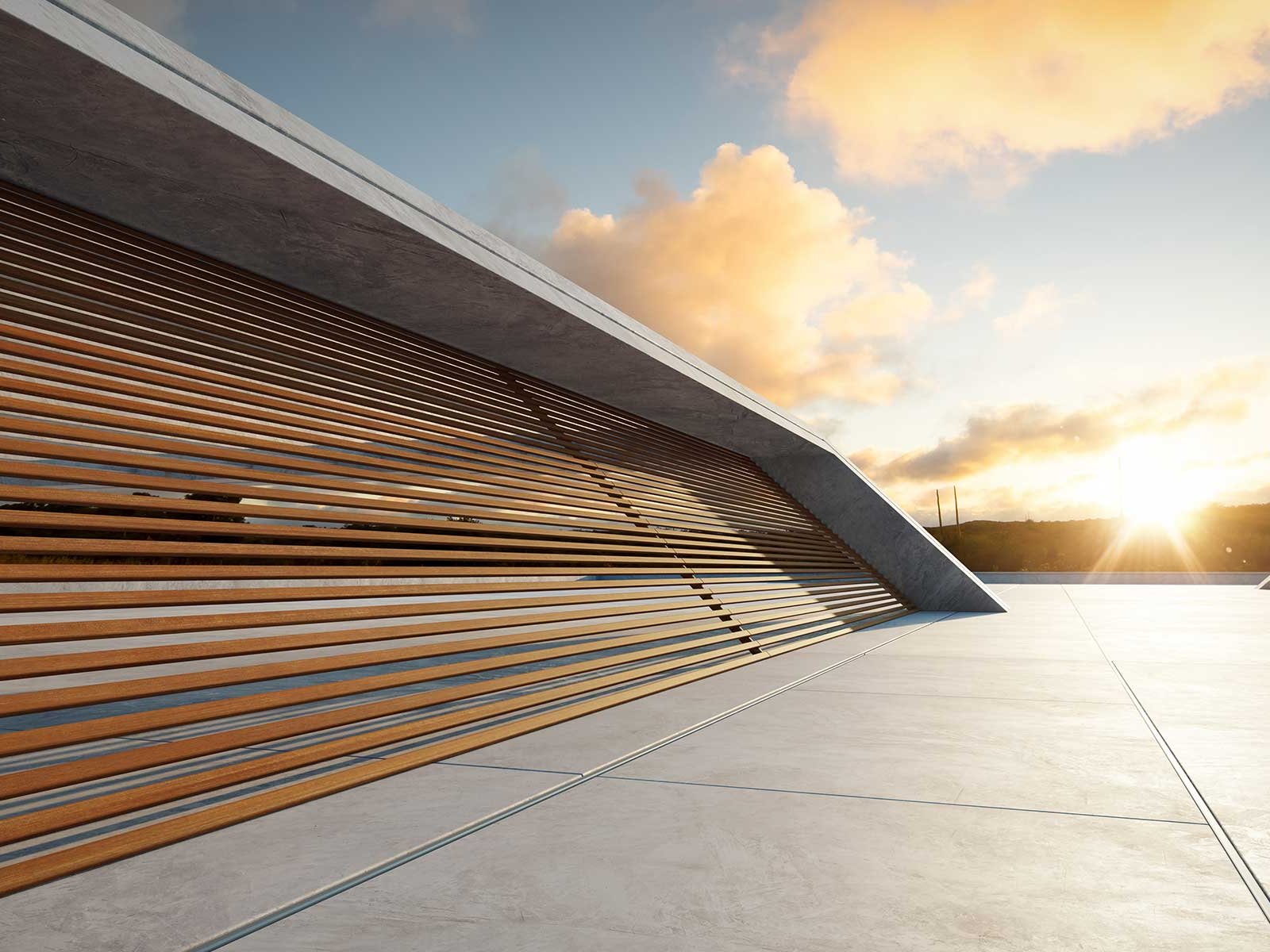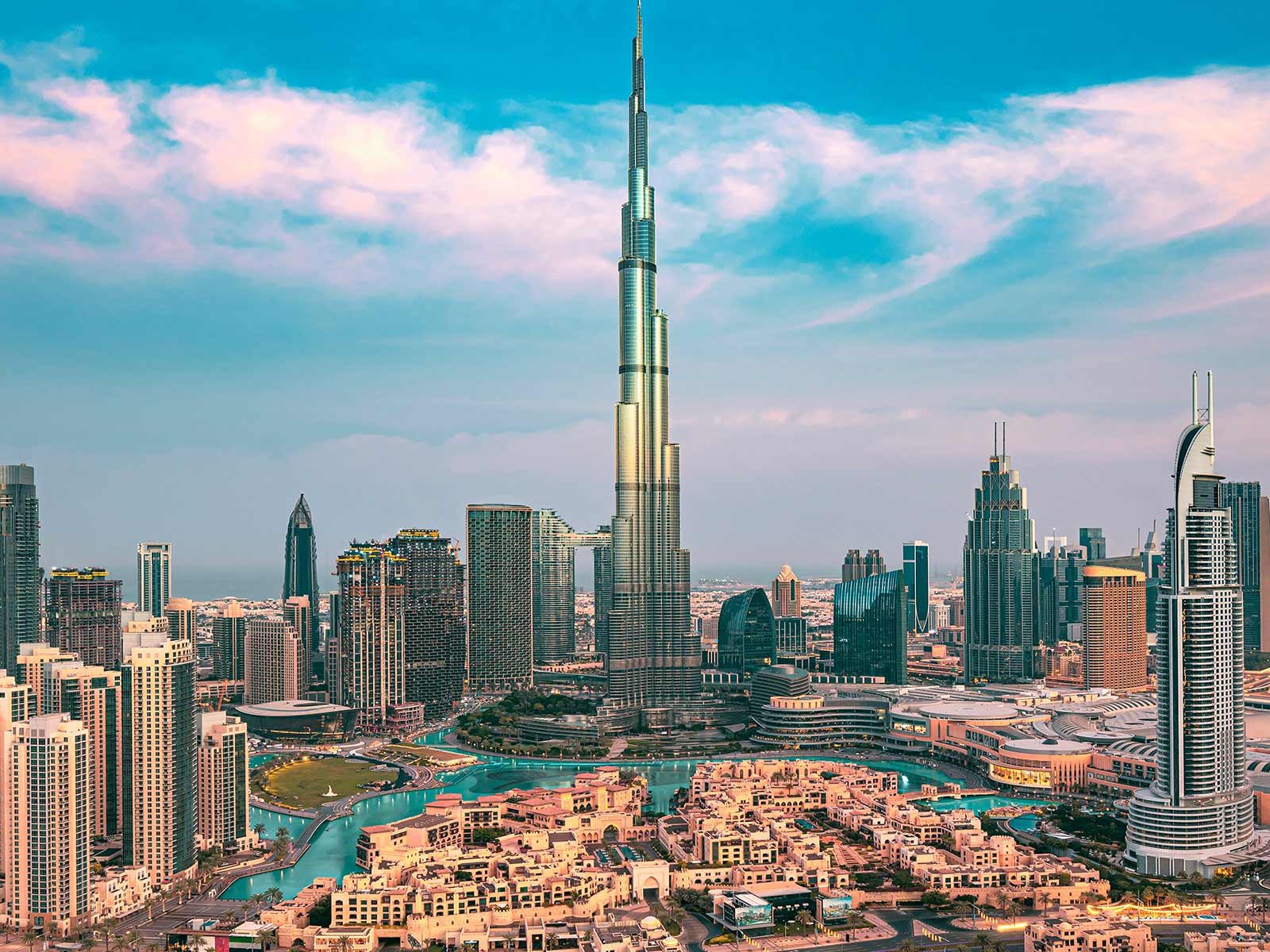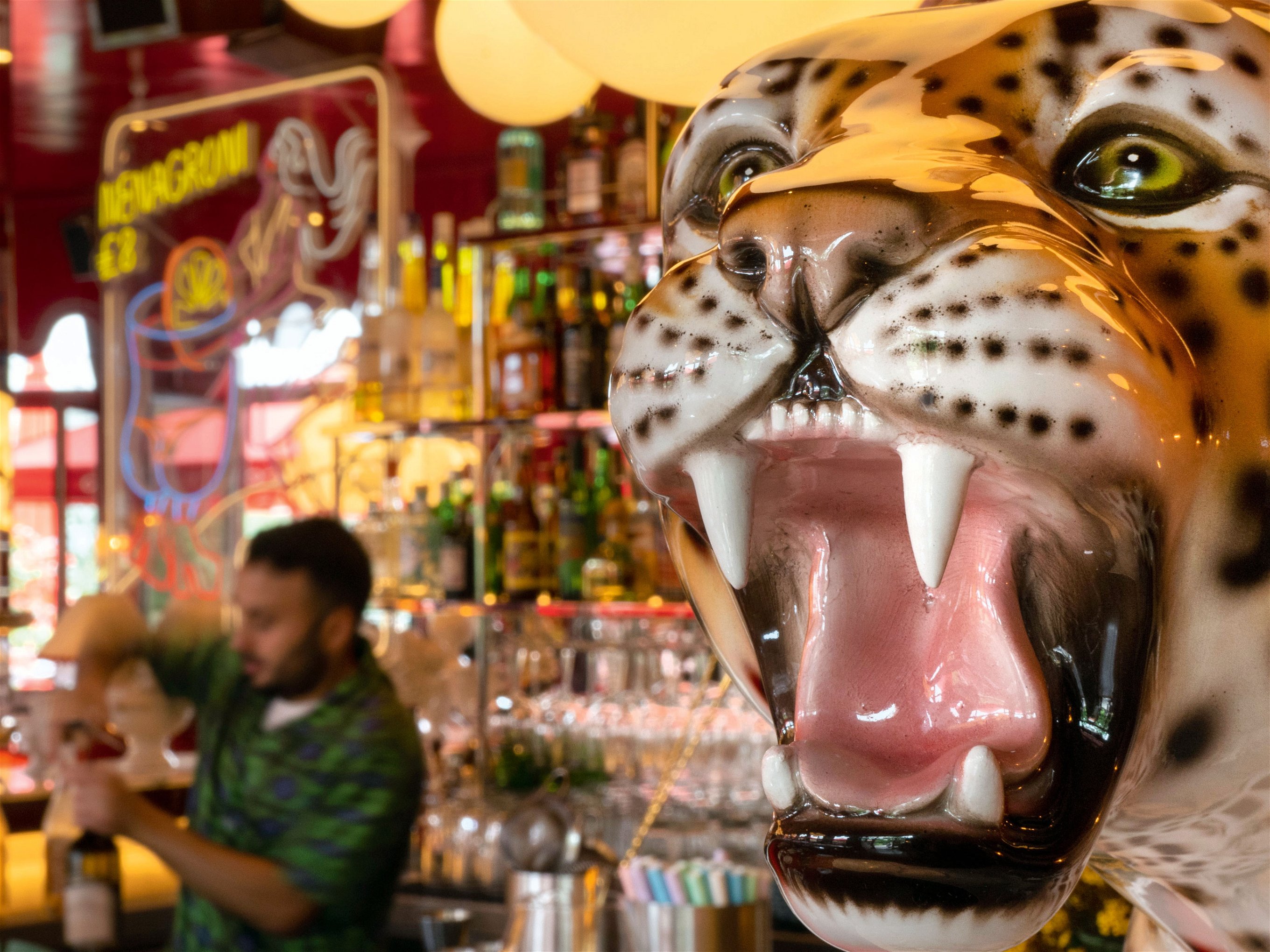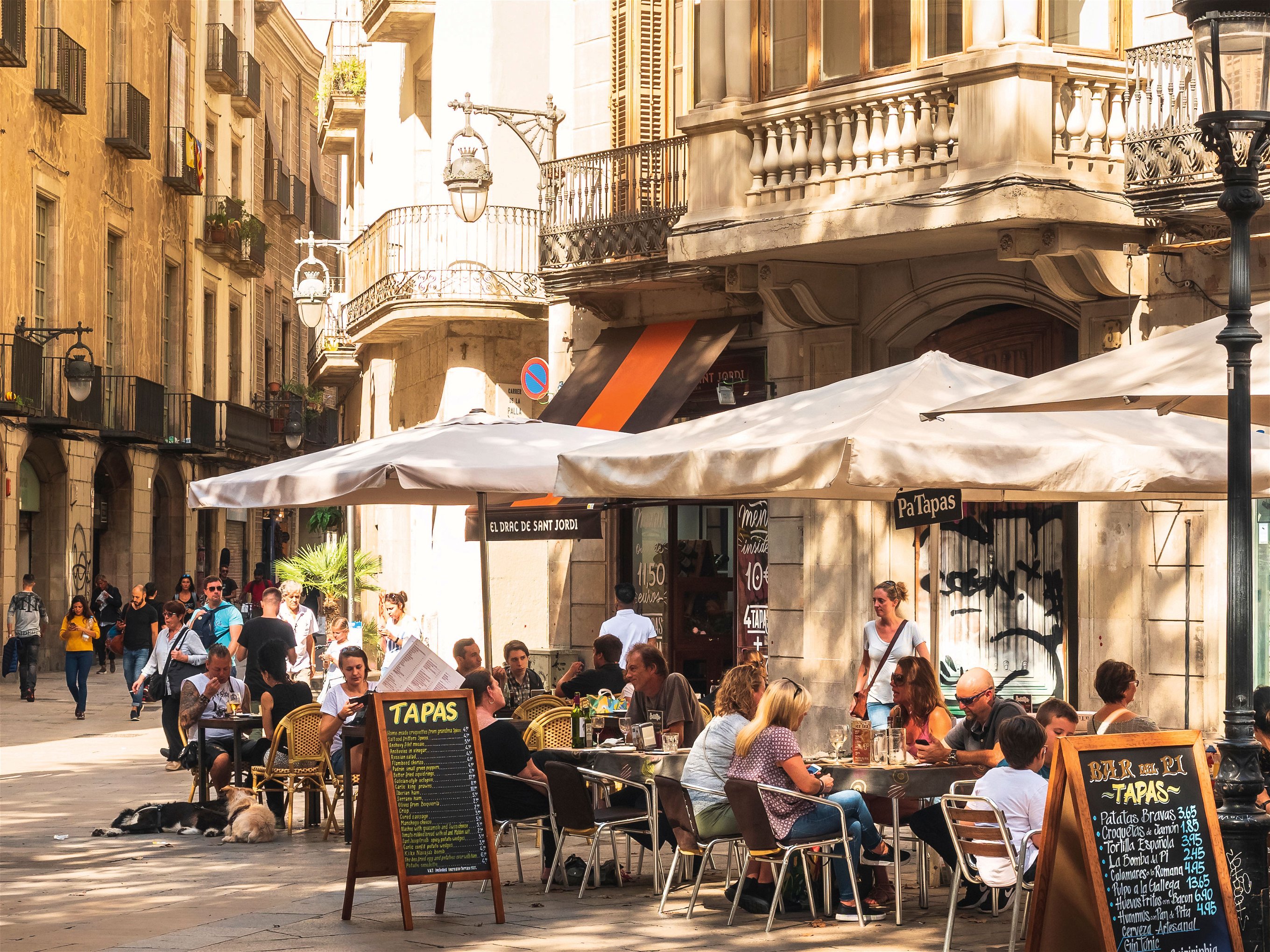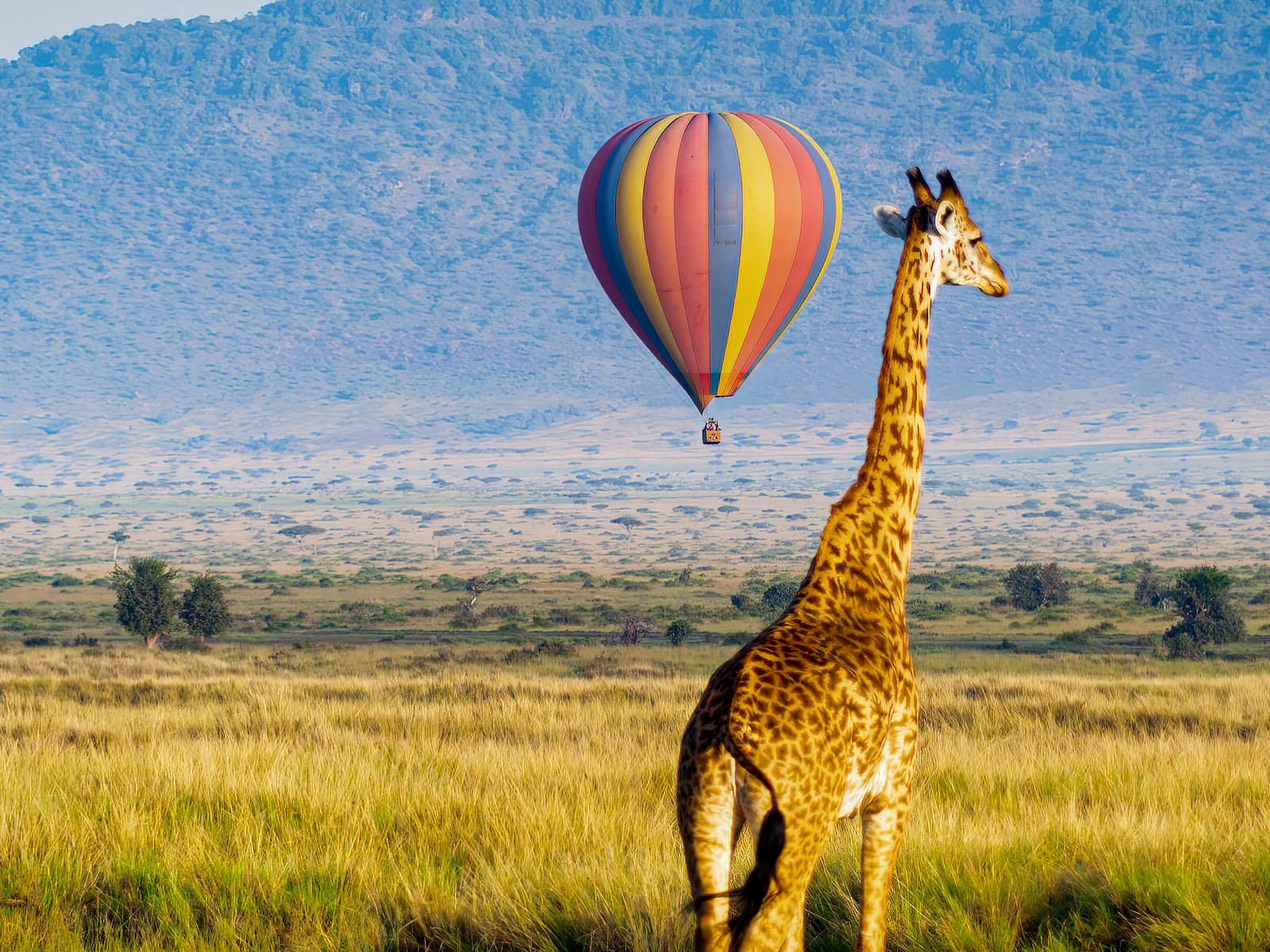5 reasons to fall in love with Provence
Provence is where warm Mediterranean charm intersects with the chic glamour of the Cote d’Azur. Here are our top five ways to experience the best of the region.
Is there anywhere dreamier, more romantic or picturesque than summertime in Provence? It's easy to see why artists have flocked here for centuries, holiday makers dream of retirement and it's been the inspiration for best-selling memoirs like A Year in Provence by Peter Mayle.
1. Markets
Markets are a way of life in Provence. Whether it’s a weekly farmer’s market in the village square, or one specialising in regional delicacies like honey, olive oil, terrines and baskets, this is where locals and tourists alike come to shop.
Another type of market to look out for here is the Brocante (otherwise known as a Vide-Grennier or Antiquaire). These are the equivalent of a fleamarket, car-boot sale, house clearance or antique fair. There is a fabulous weekly market every Sunday in the hills above St. Tropez known as Le Jas des Robert in Cogolin. Spread across a wide, rugged hilltop this is the place to find vintage clothes, linens, tableware, antique furniture, paintings and so much more. In true St. Tropez fashion, it even has a shaded café area for cold drinks and snacks while a live DJ and musicians entertain the crowd.
Deeper into the Var, in the tiny hilltop town of Fayence there is the brilliant Le Grand Jardin which takes place every few months. It's a collaborative effort from over 40 antique dealers selling valuable treasures from the region – original Marc Chagall lithographs, 100-year-old glazed confit pots and bowls, vintage iron garden furniture and many other collectibles.
2. Art
Provence’s glorious light has lured countless iconic artists. Picasso, Van Gogh, Matisse, Chagall, Cézanne, Miró, Cocteau, Renoir and Ernst are just some of the greats who lived and worked in the region. Check out their real-life inspiration (Van Gogh’s sunflowers or Cezanne’s Montagne St. Victoire) and visit their former homes, many of which have been turned into museums such as Matisse’s house in Nice Cimiez, Cezanne’s Atelier outside of Aix-en-Provence or Musée de Picasso in Antibes. Don't miss Fondation Maeght above Saint-Paul de Vence, home to one of the largest collections of modern art in Europe and Joan Miró's incredible Labyrinth, which combines sculpture, architecture and nature.
3. Perfume
The fragrant air of Provence is spellbinding thanks to the concoction of abundant lavender, warm Mediterranean fig leaves, blossoming roses, and heady jasmine. The village of Grasse is the perfume capital of the world, famous for growing the May Rose and Jasmine grandiflorum, or “large-flowered” jasmine, the main ingredients of Chanel No.5 and other famous perfumes. Perfume factory tours are open to the public via the Fragonard, Molinard and Galimard houses. Lavender trails crisscross Provence, and can be best enjoyed during the flowering period between mid-June and the end of August. The flowering plant has been cultivated in the Provence region since Roman times, used as medicine during the Middle Ages and continues to be in demand by the perfume industry in Grasse today.
Soap is another treasure to enjoy from the region. The best is produced from a base of pure olive oil. While traditional Marseille soap is unscented, there are plenty of high-quality products perfumed with natural local ingredients like mimosa, lavender, verbena and even donkey’s milk (popular throughout the ages for its antimicrobial and ultra-moisturising properties). Speak with the helpful guides at family soap producers, Maitre Savonitto, in the beautiful hilltop village of Seillans, where you can also buy a wide range of artisanal soaps.
4. Water
The Cote d’Azur below Provence offers stunning Mediterranean beaches and sea views, but even inland there are beautifully clear lakes and rivers to explore. Lac de Sainte-Croix is a vast expanse of translucent waters reminiscent of tropical climes. The view from the village of Sainte-Croix-du-Verdon, perched on a rocky slope, unveils the lake in all its splendour. The Durance, Sorgues and Argens are all historically important rivers that spurred on settlements, and later villages and towns, in the region.
The deepest canyon in France, Verdon Gorge, is one of the natural wonders of central Provence. While there is no road up the gorge, there is a breath-taking circular "corniche" route around the edge of the canyon and plenty of opportunities to hire a boat or kayak on the lower end of the gorge.
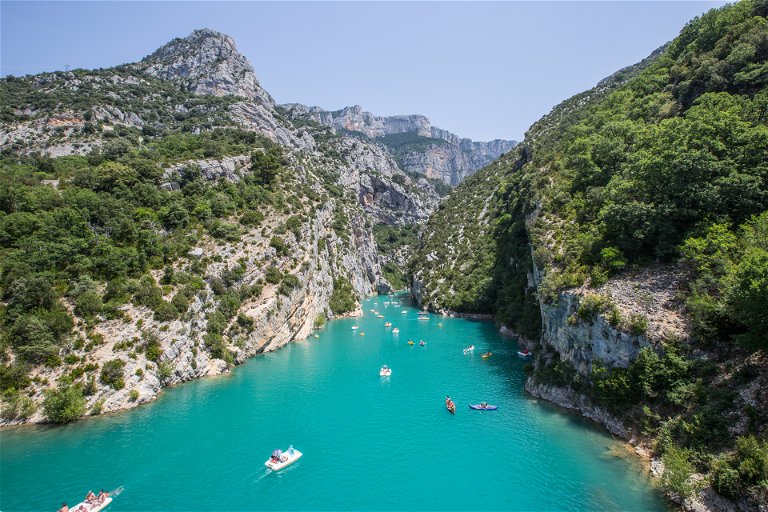
5. Wine
As one of France's oldest winemaking regions, vines have been planted in Provence for more than 2,600 years: first by the Phoenicians, followed by the Greeks and Romans. Provence is France’s top supplier of rosé, which represents 88% of the region's wine production. The pale salmon pink hue has become so fashionable that producers round the world try to imitate it, but there is no better place to enjoy the softly fruity, crisp and refreshing wine than Provence!
There is a blossoming wine tourism side too, from upscale Château La Coste near Aix-en-Provence which boasts art galleries, restaurants, and a spa in addition to vineyards and a winery, to smaller charming producers like Château Les Apiès that offer comfortable accommodation, with a pool and wine tasting options at their beautiful organic vineyard.
